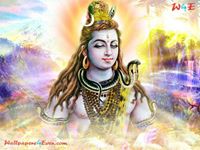Where would you observe the sacred skeleton dance as depicted in this picture?
Found in Himalayan Buddhist lineages, the Tibetan skeleton dance reflects the transient nature of life. Originally, the Tibetan skeleton dance was performed by monks in secret, within a monastery or in a cemetery. Meditating in a cemetery or on charnel grounds is one of the advanced practices a yogi can do in order to better understand their impermanence.
States of body and mind are depicted by performing a number of dances. The “Dance of the Lords of the Cemetery” is performed by ‘Chitipati’, lovers known as the Lord and Lady of the gruesome charnel grounds, representing the eternal dance of death. The Lord and Lady dancers wear crowns adorned with 5 small skulls, representing a ‘dynamic vision of death and transformation’. Rather than the morbidity of death known in the Western world, the Tibetan skeleton dance portrays the ‘joyous freedom from attachment’. It is a celebration of the liberation that is attained when understanding the impermanence of life.
In accordance with the tantric principle of not eliminating negative forces but redirecting them to fuel the journey toward spiritual awakening, the skeleton dance was initiated by the visions of an obscure 8th-century Indian sorcerer, Padmasambhava who attained cult status in the 11th and 12th centuries.
More Info:
www.wilderutopia.com




